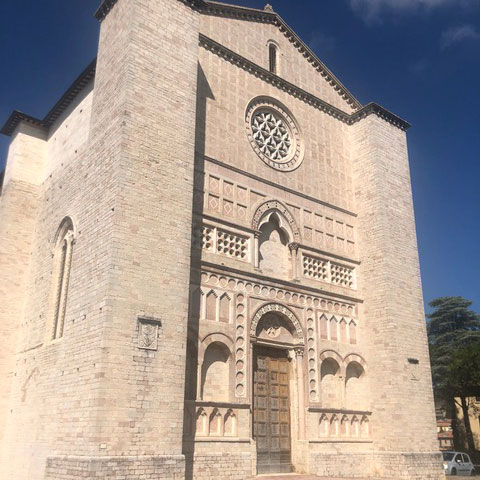
Auditorium San Francesco al Prato, Perugia / Info
The construction of the Church of San Francesco al Prato, the first Franciscan church after the one built in Assisi, dates back to 1251. The church became an important site in Perugia when Egidio (1190-1262), a disciple of Saint Francis, was buried there. The church remained uncovered for years due to the collapse of the vaults caused by landslides on the hill. The altars and chapels were lost, while the polychrome façade was restored in 1926 by the architect Pietro Angelini. In the early 2000s a substantial restoration, based on an original project by Bruno Signorini, was started to transform the building into an auditorium.
One of the most important sites in the history of the city of Perugia, the Church of San Francesco was embellished by precious works of art: the Baglioni Altarpiece, today in the Borghese Gallery, and the Coronation of the Virgin (known as the Oddi Altarpiece), both by Raphael, and the Resurrection by Perugino, the latter preserved in the Vatican. The Church is also known for having been the Pantheon of Perugia, where the major families of the city had their tombs, together with captains, jurists and men of letters. The adjacent convent, which includes the Oratory of San Bernardino, has been home to the 'Pietro Vannucci' Academy of Fine Arts and its museum since the beginning of the 20th century.
One of the most important sites in the history of the city of Perugia, the Church of San Francesco was embellished by precious works of art: the Baglioni Altarpiece, today in the Borghese Gallery, and the Coronation of the Virgin (known as the Oddi Altarpiece), both by Raphael, and the Resurrection by Perugino, the latter preserved in the Vatican. The Church is also known for having been the Pantheon of Perugia, where the major families of the city had their tombs, together with captains, jurists and men of letters. The adjacent convent, which includes the Oratory of San Bernardino, has been home to the 'Pietro Vannucci' Academy of Fine Arts and its museum since the beginning of the 20th century.
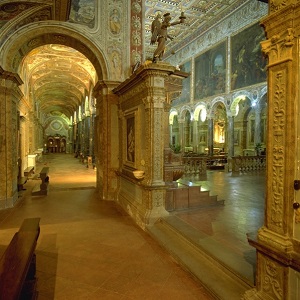
Basilica di San Pietro, Perugia / Info
A Benedictine abbey, the Church of San Pietro was founded in the 10th century. The main court is dominated by the polygonal clock-tower, allegedly built on the site of an Etruscan tomb that was used for its construction in the 13th century. After a partial collapse, the upper section was rebuilt in 1463. Rich in art, there are frescoes dating from the 14th century as well as paintings by Perugino. The interior is a mixture of ancient columns and has a Palaeochristian basilical structure. The Gothic wooden choir is considered to be one of the finest in Italy and was completed between 1525 and 1591.
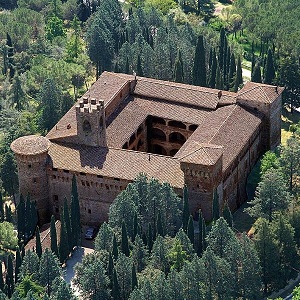
Castle of the Knights of Malta, Magione / Info
The Sovereign Military Order of Malta, owner of the Castle of the Knights of Malta in Magione, was founded about nine centuries ago in Jerusalem with the aim of protecting the Holy Land. Originally called the "Order of St. John of Jerusalem", it is one of the most ancient institutions of western and Christian civilisation. The castle dates back to 1150-1170 and was meant as a shelter for pilgrims going to Rome or to Jerusalem, also being conveniently located close to the Via Francigena which was used for travelling to Santiago de Compostela. The present structure is the result of several changes during the centuries. The courtyard where the concerts are held dates from 1471. In the oldest part of the castle, there is a Romanesque-styled church with a rounded vault honouring St. John the Baptist. Inside are two precious frescoes of the school of Pinturicchio, dating from the early sixteenth century. In 1502, the castle was the seat of a conspiracy organized by some Italian noblemen against Cesare Borgia, known as the “dieta alla Magione nel Perugino” and which Machiavelli refers to in The Prince. Today, with its headquarters in Rome, the Order carries out its activities in 110 countries and succeeds in engaging volunteers all over the world for humanitarian assistance and social activities. The Order has diplomatic relations with 92 countries as well as with European organisations and a seat at the United Nations. It is neutral, impartial and non-political, which is why it can successfully act as a mediator. The farm of the Castle of the Knights of Malta produces 100,000 bottles of wine each year, with production rising steadily. It also produces extra virgin olive oil. Placed in the restored ancient rooms of the castle, the cellar is a beautiful example of tradition and innovation.
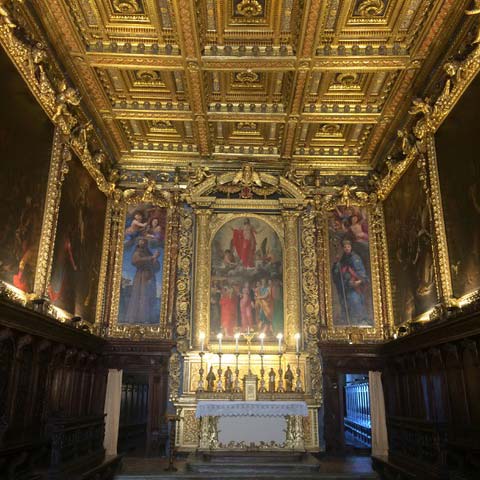
Oratorio di San Francesco dei Nobili, Perugia / Info
coming soon
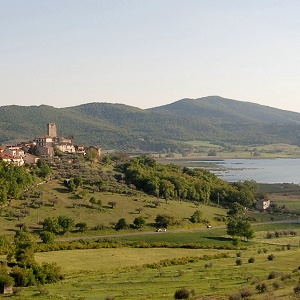
Piazza, Town of San Savino, Magione / Info
From San Savino there is a wonderful view of the south end of Lake Trasimeno and the Isola Polvese. The first documents in which the town is mentioned date from 1006. Only the tower remains from the former castle. The piazza is in front of it, surrounded by the homes of the local residents.
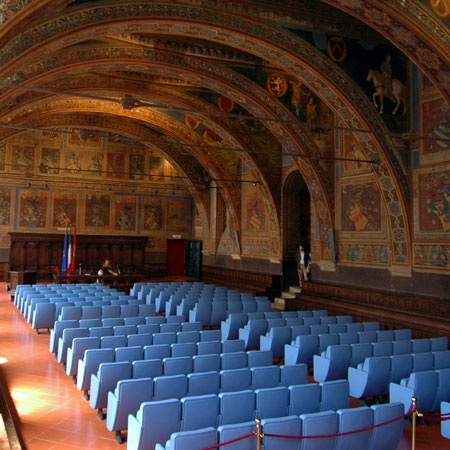
Sala dei Notari, Perugia / Info
The Sala dei Notari was built from 1293 to 1297 and is where the nobility met. The arches supporting the vaults are Romanesque, covered with frescoes depicting biblical scenes and Aesop's fables. To reach the hall, walk up the steps from the Piazza IV Novembre. Today the hall is used for public meetings as well as classical music concerts.
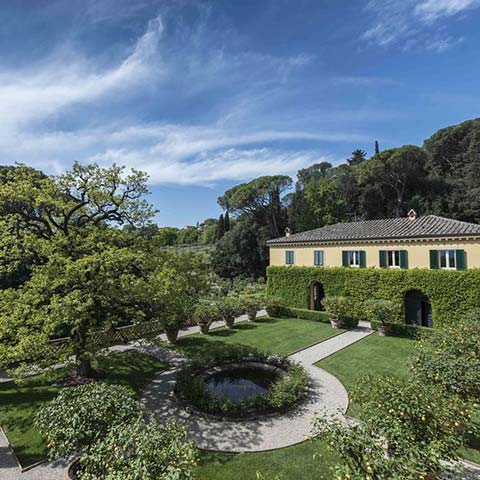
Villa Valvitiano, Perugia / Info
Villa Valvitiano consists of the main residence from the early 1800s and the orangerie dating back to the late 1700s.
Built by the Conestabile della Staffa as a country house, it then became a property of the families Bonucci Piccolomini first and then, from the end of the 1950s, Buitoni. The park is enriched with monumental trees and has an Italian garden on two levels which hosts, in the warmer seasons, the lemon collection sheltered in the orangerie during the winter. It is surrounded by five hundred olive trees and offers a spectacular view of Assisi and Mount Subasio.
Built by the Conestabile della Staffa as a country house, it then became a property of the families Bonucci Piccolomini first and then, from the end of the 1950s, Buitoni. The park is enriched with monumental trees and has an Italian garden on two levels which hosts, in the warmer seasons, the lemon collection sheltered in the orangerie during the winter. It is surrounded by five hundred olive trees and offers a spectacular view of Assisi and Mount Subasio.


